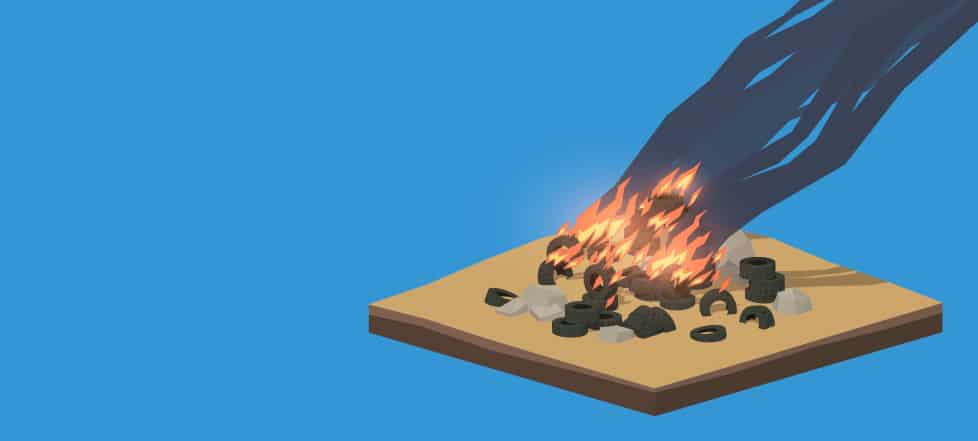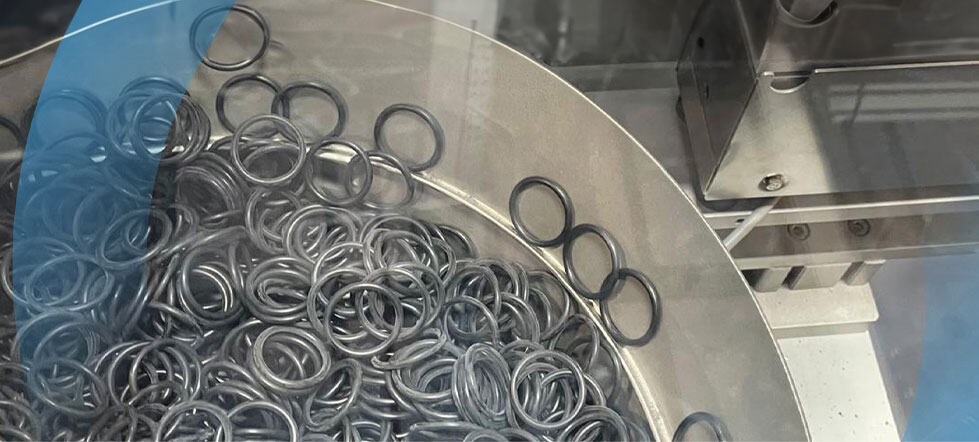
Introduction: What is UL?
Founded in 1894, UL (Underwriters Laboratories Inc.) is an independent, non-profit professional organization that tests and certifies products for public safety. UL Certification is similar to the European CE (Comformité Européenne) standard. Products in Europe are required to meet the CE standard, while UL is more voluntary in the United States. While adherence to UL standards is not legally required, most companies would not purchase products that do not meet this standard.
There are two different types of UL certification: UL Listed and UL Recognized. These certifications have different meanings. Products that are UL Listed have been specifically approved by the UL Standard. On the other hand, UL Recognized means that the manufacturing process for the product meets the UL standard. UL Recognition is common in factories to ensure machinery is installed and used properly.

UL standards for the sealing and rubber industry
The UL standard that covers testing methods to investigate elastomeric gaskets and seals is ANSI/UL
UL 157:
157: The Standard for Safety of Gasket and Seals. This standard covers test procedures and performance criteria for the evaluation of nonmetallic gasket and seal materials such as elastomers, composite gasket material, flexible cellular material, thermoplastics, and thermoplastic elastomers in the form of solid sheets, slabs, rolls, or parts, ²O² rings, seats, shaft seals, and special forms. It also covers composite gaskets in the form of sheets, rolls, and cut forms, and coated fabrics in the form of elastomers reinforced with fabrics in sheets or diaphragm forms.
To obtain certification, all materials are investigated for their tensile strength, elongation, compression, and hardness. Other tests include how the materials respond in low temperatures, in immersion, in response to detergent/cleaners, their bursting strength, and others. The properties are also tested after accelerated aging and exposure to various environments to ensure retention. Based on a product’s end-use, further testing ensues, based on specific safety requirements. Not only does this process ensure all products are up to standards, it also helps product designers and engineers understand the material properties so they can improve their designs.
UL 94:
Another UL standard is also relevant for gasket and sealing materials. UL 94 is the flammability standard that defines a horizontal burn test for specimens that need to resist electrical and electronic combustion. It accounts for both a material’s burn rate and thickness and tests performance with a 20 mm high burner flame for 30 seconds. Prior to testing, the material is kept for 48 hours at 23°C (73.4°F).
Generally, these standards cover gasket and sealing materials used to enclose liquids, gases, or vapors. The materials in these standards are intended for use as components in complete equipment. For example, a typical application could be electronic enclosures and telecommunication infrastructure. To be UL94 listed, seals must be able to self-extinguish after an ignition source has been removed and will not create flaming drops or particles in the event of a fire.
Techno Ad’s UL Certificated Rubber parts
Techno Ad offers O-rings, molded parts, and other products made of UL-approved materials, Please send your RFQ and please specify the requirements specifications

UL 157 End-Use Application Codes
| A | Extinguishing agents | I | Anhydrous ammonia |
| B | Gasoline | J | Liquefied petroleum gas |
| C | Gasoline/Alcohol blends up to 15% alcohol | K | Dry-cleaning agents |
| D | Naptha or kerosene | L | Laundry detergents |
| E | MPS gas | M | Dishwashing detergents |
| F | Manufactured or natural gas | N | Atmospheric ozone |
| G | Diesel fuel, fuel oil, or lubricating oil | O | Generated ozone |
| H | Heated fuel oil | R | Refrigerants |

UL 94 Classification
From lowest (Least flame-retardant) to highest (Most flame-retardant):
- HB: slow burning on a horizontal specimen; burning rate < 76 mm/min for thickness < 3 mm or burning stops before 100 mm
- V-2: burning stops within 30 seconds on a vertical specimen; drips of flaming particles are allowed.
- V-1: burning stops within 30 seconds on a vertical specimen; drips of particles are allowed if they are not inflamed.
- V-0: burning stops within 10 seconds on a vertical specimen; drips of particles are allowed if they are not inflamed.
- 5VB: burning stops within 60 seconds on a vertical specimen; no drips allowed; plaque specimens may develop a hole.
- 5VA: burning stops within 60 seconds on a vertical specimen; no drips allowed; plaque specimens may not develop a hole.
Are you interested in learning more? Contact us today. We’d be happy to help!


